This Monday, Aug. 17, Marks The Final Targeted Flyby Of Dione, One Of Saturn’s Many Moons, In Cassini’s

This Monday, Aug. 17, marks the final targeted flyby of Dione, one of Saturn’s many moons, in Cassini’s long mission. During this flyby, the science team will conduct a gravity experiment that will contribute to our knowledge of the internal structure of Dione. We will also learn more about its outer ice shell, and will be able to compare this with Saturn’s other icy moons.
Beyond the icy moons, Saturn is adorned with thousands of beautiful ringlets, While all four gas giant planets in our solar system have rings – made of chunks of ice and rock – none are as spectacular or as complicated as Saturn’s. Like the other gas giants, Saturn is mostly a massive ball of hydrogen and helium.

This image of Saturn was taken using an infrared filter. Using this type of filter can help scientists determine the location of clouds in the planet’s atmosphere. The darker areas reveal clouds that are lower in the atmosphere, while the bright areas are higher altitude clouds.
Since Cassini reached Saturn in 2004, it has captured important data and images. This spacecraft has the ability to “see” in wavelengths that the human eye cannot, and it can “feel” things about magnetic fields and tiny dust particles that no human hand could detect. These heightened “senses” have allowed us to have a better understanding of Saturn, its moons and the solar system.

Learn more about Cassini & Saturn: http://saturn.jpl.nasa.gov/
More Posts from Space-m17-blog and Others


Summer Triangles over Japan by Shingo Takei
An Exo-What...?

Simply put, an exoplanet is a planet that orbits another star. That said, just because a planet orbits a star (like Earth) does not mean that it is automatically stable for life. The planet must be within the habitable zone, which is the area around a star in which water has the potential to be liquid…aka not so close that all the water would evaporate, and not too far away where all the water would freeze.
Recently, with the help of our Kepler spacecraft, scientists have discovered the most Earth-like exoplanet ever, Kepler-452b. Pretty cool! This chart shows 12 other exoplanet discoveries that are less than twice the size of Earth, and live in the habitable zone of their host star. Kepler-452b is special because all previous findings have orbited stars that are smaller and cooler than Earth’s.

You may be thinking, “Okay, so what? There’s an Earth-like planet that spins around a similar sized sun.” Well, Kepler-452b orbits its sun at nearly the same distance from its star as Earth does from our sun, which means that conditions on the plant could be similar to those here on Earth!

We can already guess your next question…”When are we going to Kepler-452b?!” Well, this planet is located in the constellation Cygnus which is 1,400 light-years away, so not anytime soon. However, our Kepler spacecraft continues to search for Earth-like exoplanets and gather important scientific information about them.
International Space Station
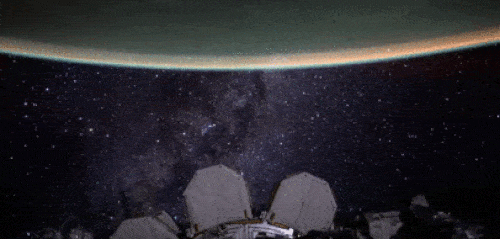
The International Space Station is an important and special place that is built on international cooperation and partnership. The station is a convergence of science, technology and human innovation that benefits and advances our global community here on Earth.

While the space station is an important aspect of our low-Earth orbit exploration, it is also the key to our next giant leap to deep space and our Journey to Mars. For example, our recent VEGGIE experiment aboard the space station is a critical aspect of long-duration exploration missions farther into the solar system. Food grown in space will be a resource for crew members that can provide them will essential vitamins and nutrients that will help enable deep space pioneering.
Another important experiment underway is the Twins Study that involves twin astronauts Scott and Mark Kelly. These investigations will provide insight into the subtle effects and changes that may occur in spaceflight as compared to Earth by studying two individuals who have the same genetics, but are in different environments for one year. You can follow Scott Kelly as he spends a year in space.
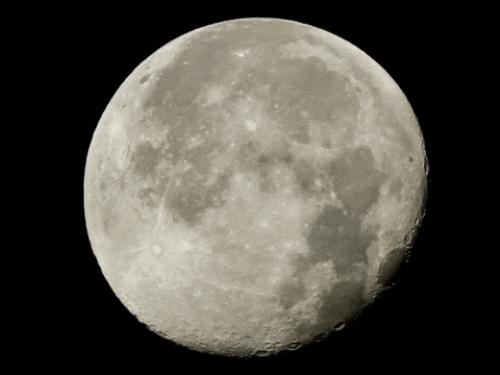
The space station is the second brightest object in the sky (after the moon, of course), and you don’t even need a telescope to see it! We can even tell you exactly when and where to look up to Spot the Station in your area!
So, as you look to spot the station in the sky, remember that even though it may look small from Earth, the crew onboard (and at home) are making contributions to international partnerships and global research.
20 Awesome Things for Your Home if You Love Space
Add a bit of space in everyday life by using the interior, which will carry you into the space of distant planets, galaxies, asteroids and constellations. Read also: 22 Simple Ideas to Make Your Home Cozier and 12 Simple Ideas How to Make Your Home Cozier Artnaz.com gathered for you in this post… — http://artnaz.com/space-things/









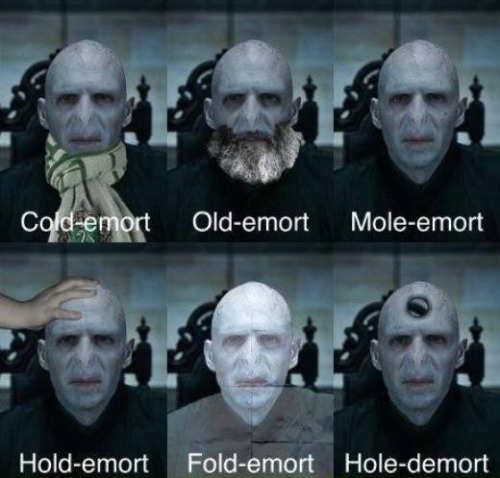




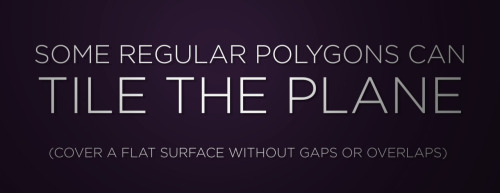
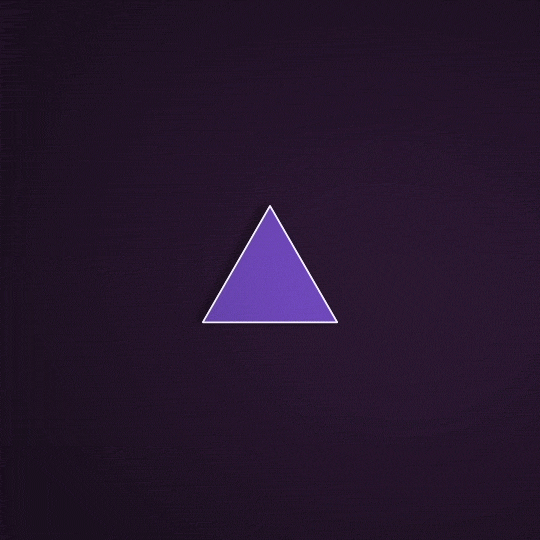
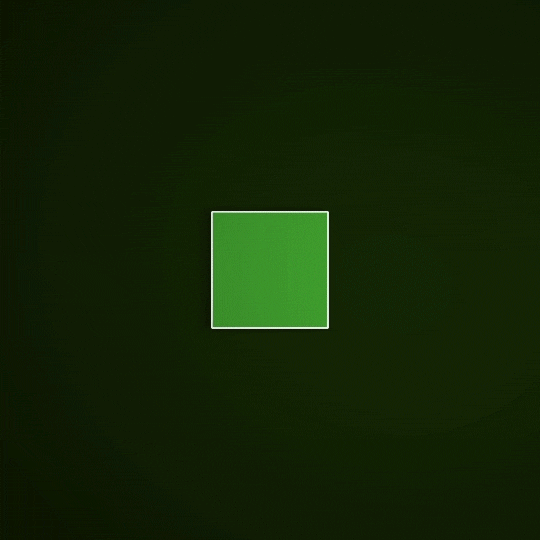
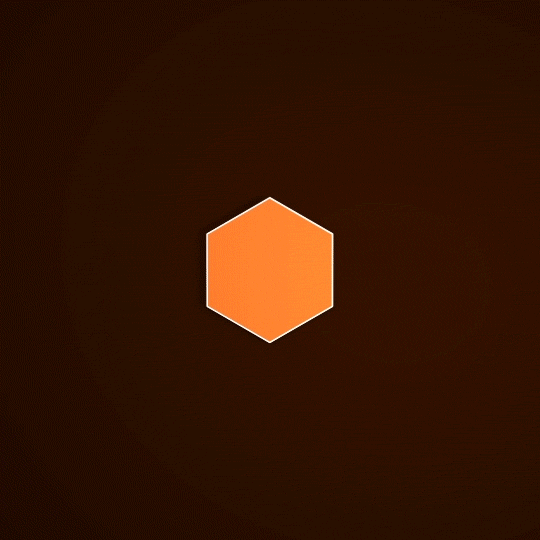

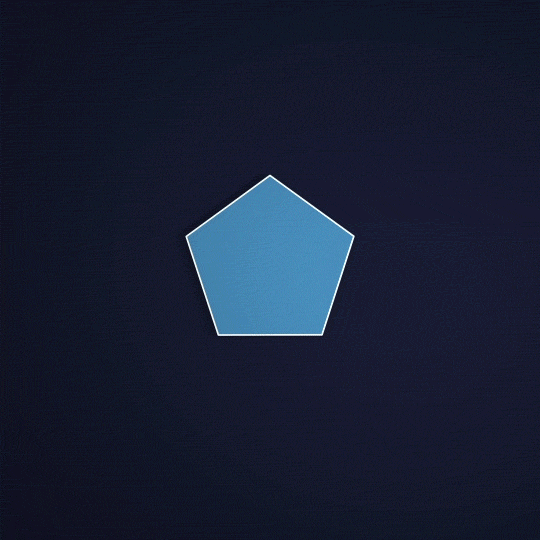
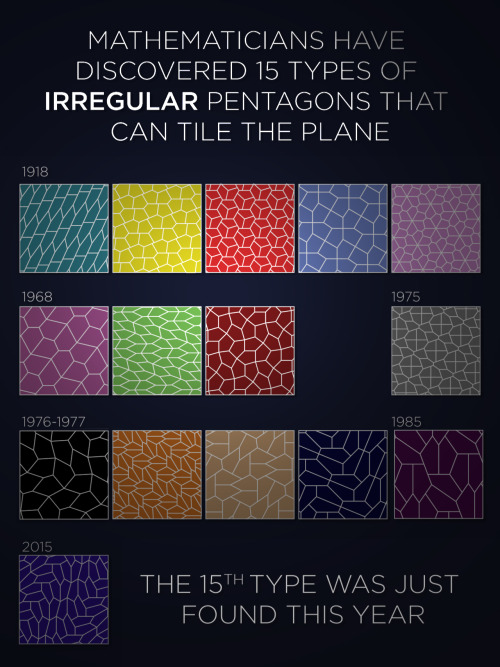
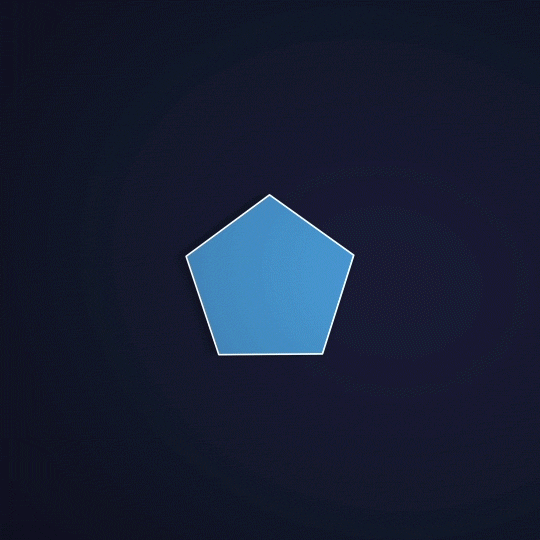
Big math news! It’s been thirty years since mathematicians last found a convex pentagon that could “tile the plane.” The latest discovery (by Jennifer McLoud-Mann, Casey Mann, and David Von Derau) was published earlier this month. Full story.
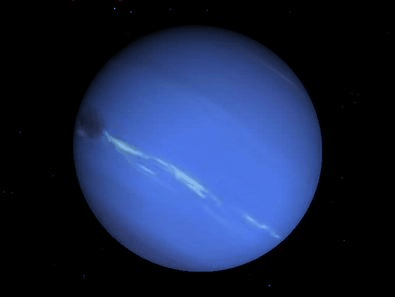

Apollo 7 roars upward to space from Cape Canaveral, October 11, 1968.
-
 ch-alone liked this · 1 year ago
ch-alone liked this · 1 year ago -
 gerdchen reblogged this · 2 years ago
gerdchen reblogged this · 2 years ago -
 gerdchen liked this · 2 years ago
gerdchen liked this · 2 years ago -
 mackyfan liked this · 2 years ago
mackyfan liked this · 2 years ago -
 sweetbutterbliss liked this · 2 years ago
sweetbutterbliss liked this · 2 years ago -
 jcgraas liked this · 3 years ago
jcgraas liked this · 3 years ago -
 trini9 liked this · 4 years ago
trini9 liked this · 4 years ago -
 radon-t liked this · 4 years ago
radon-t liked this · 4 years ago -
 mystwin liked this · 5 years ago
mystwin liked this · 5 years ago -
 poteryalvmoskovskiy-zimy reblogged this · 7 years ago
poteryalvmoskovskiy-zimy reblogged this · 7 years ago -
 poteryalvmoskovskiy-zimy liked this · 7 years ago
poteryalvmoskovskiy-zimy liked this · 7 years ago -
 aspergers1044 liked this · 8 years ago
aspergers1044 liked this · 8 years ago -
 comet-crazy-blog reblogged this · 8 years ago
comet-crazy-blog reblogged this · 8 years ago -
 ininsula reblogged this · 8 years ago
ininsula reblogged this · 8 years ago -
 iz-kichi liked this · 9 years ago
iz-kichi liked this · 9 years ago -
 thisisacatperson liked this · 9 years ago
thisisacatperson liked this · 9 years ago -
 enchantdspace reblogged this · 9 years ago
enchantdspace reblogged this · 9 years ago -
 vorini liked this · 9 years ago
vorini liked this · 9 years ago -
 astrovni-blog reblogged this · 9 years ago
astrovni-blog reblogged this · 9 years ago -
 doorbellbforever-blog liked this · 9 years ago
doorbellbforever-blog liked this · 9 years ago -
 skymarim reblogged this · 9 years ago
skymarim reblogged this · 9 years ago -
 skymarim liked this · 9 years ago
skymarim liked this · 9 years ago -
 dude-vader liked this · 9 years ago
dude-vader liked this · 9 years ago -
 pastel-core2 liked this · 9 years ago
pastel-core2 liked this · 9 years ago -
 druishaute liked this · 9 years ago
druishaute liked this · 9 years ago -
 sugarvsbitter liked this · 9 years ago
sugarvsbitter liked this · 9 years ago -
 purplerottenflower liked this · 9 years ago
purplerottenflower liked this · 9 years ago -
 a-dissident-with-opia liked this · 9 years ago
a-dissident-with-opia liked this · 9 years ago -
 jazracanah liked this · 9 years ago
jazracanah liked this · 9 years ago -
 seebbs730 liked this · 9 years ago
seebbs730 liked this · 9 years ago -
 farkash-gallery-blog reblogged this · 9 years ago
farkash-gallery-blog reblogged this · 9 years ago -
 simona-a-marinkova liked this · 9 years ago
simona-a-marinkova liked this · 9 years ago -
 gxlddivmonds liked this · 9 years ago
gxlddivmonds liked this · 9 years ago -
 adu101 liked this · 9 years ago
adu101 liked this · 9 years ago -
 pickaachu liked this · 9 years ago
pickaachu liked this · 9 years ago -
 shirekat reblogged this · 9 years ago
shirekat reblogged this · 9 years ago -
 onepercentof1 liked this · 9 years ago
onepercentof1 liked this · 9 years ago -
 paranormal2things liked this · 9 years ago
paranormal2things liked this · 9 years ago -
 smithanator reblogged this · 9 years ago
smithanator reblogged this · 9 years ago -
 chalolo10-blog liked this · 9 years ago
chalolo10-blog liked this · 9 years ago -
 emilyhockin reblogged this · 9 years ago
emilyhockin reblogged this · 9 years ago
I love space. I've been to space camp in Huntsville Alabama and I am planning on going every summer. I look forward to be an astronaut for nasa on the sls that is planned to be launched 2018. And the manned mission 2030. So yeah I won't let anything get in my way.
138 posts